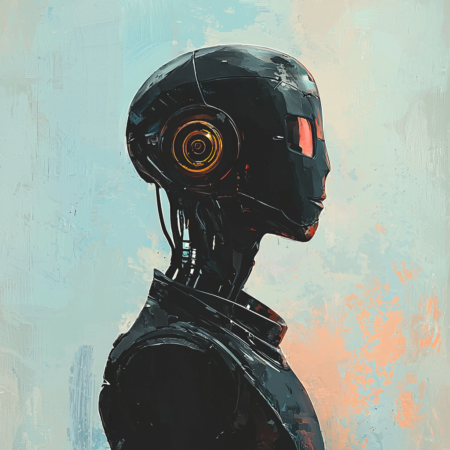Quick Takeaways
-
Tactile Integration: MIT’s TactStyle tool allows 3D model stylization using images while incorporating realistic tactile properties, enhancing the realism of digital models beyond mere visual representation.
-
User-Friendly Customization: TactStyle enables users with little technical expertise to customize downloadable 3D designs, such as home decor and educational tools, preserving functionality and accelerating prototyping.
-
AI-Driven Replication: Leveraging generative AI, TactStyle generates heightfields for tactile properties directly from texture images, resulting in significant improvements over traditional modeling methods.
- Future Directions: The research team plans to extend TactStyle’s capabilities to create entirely novel 3D models and explore unconventional textures through visuo-haptic mismatches, pushing the boundaries of the sensory experience in design.
Introduction to TactStyle
researchers at MIT’s Computer Science and Artificial Intelligence Laboratory (CSAIL) have developed an innovative 3D modeling tool called TactStyle. This system represents a significant leap forward in 3D modeling technology. Unlike traditional tools that rely only on visual attributes, TactStyle integrates tactile properties, bridging a critical gap in user experience.
The Power of Touch
For many industries, including film and product design, 3D modeling often begins with text or image prompts. However, these methods tend to overlook touch, which is essential to how we interact with the physical world. Tactile properties like roughness and texture are key to our perception of objects. Researchers recognized this limitation and sought to create a solution.
How TactStyle Works
TactStyle allows users to stylize 3D models using image prompts while adding expected tactile properties. This design separates visual and geometric stylization, making it possible to replicate both from a single image input. Users can customize models easily, focusing on their desired style and texture.
Practical Applications
TactStyle promises various applications across multiple sectors. For example, users can customize headphone stands or create tactile learning tools in education. This capability enables students to experience a range of textures from around the globe, enhancing their learning without leaving the classroom.
Innovative Features
Developers employed generative AI to generate heightfields directly from images, marking a departure from traditional methods that rely on physical samples. This innovation allows for the accurate replication of tactile features. The results of experiments indicate that users perceive these generated textures as both visually and tangibly realistic.
Future Prospects
The CSAIL team aims to expand TactStyle’s capabilities. Future developments may include generating novel 3D models embedded with textures through generative AI. Researchers also plan to investigate “visuo-haptic mismatches” to create unique sensory experiences, potentially pairing unexpected appearances and textures.
TactStyle represents an exciting advancement, offering a richer, more immersive experience in 3D modeling. It has the potential to transform how designers and educators approach their work, ensuring that touch and texture play an integral role in the digital landscape.
Continue Your Tech Journey
Stay informed on the revolutionary breakthroughs in Quantum Computing research.
Stay inspired by the vast knowledge available on Wikipedia.
AITechV1

